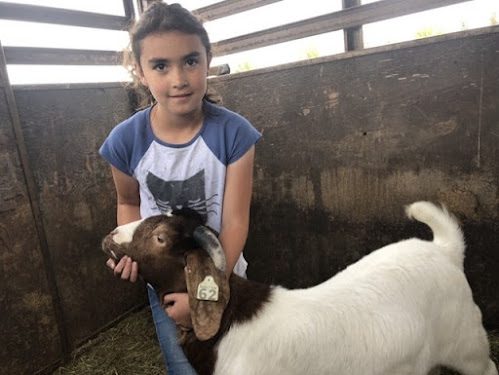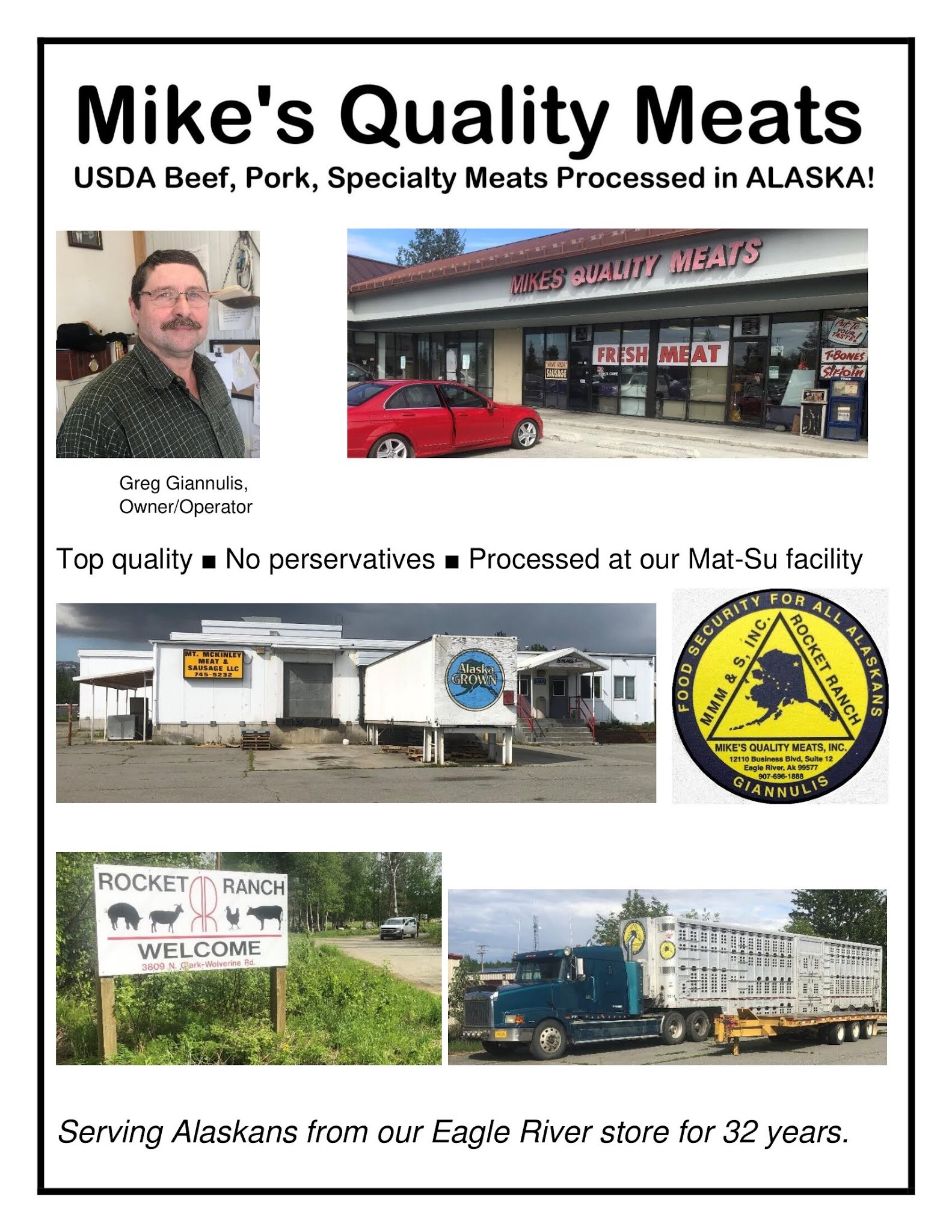The Future of Alaska Food Security
(2020©donnliston.co)
When 200 farm families were selected from three mid-western states to be moved to Alaska’s Matanuska Valley for a farming experiment in 1935, nobody was certain what would happen. During the early 1930s Alaska agriculture was in its infancy as drought and the Depression were ravaging the Great Plains and the hearts of American farmers, according to authors of the book “Matanuska Colony 75th Anniversary Scrapbook.[1]
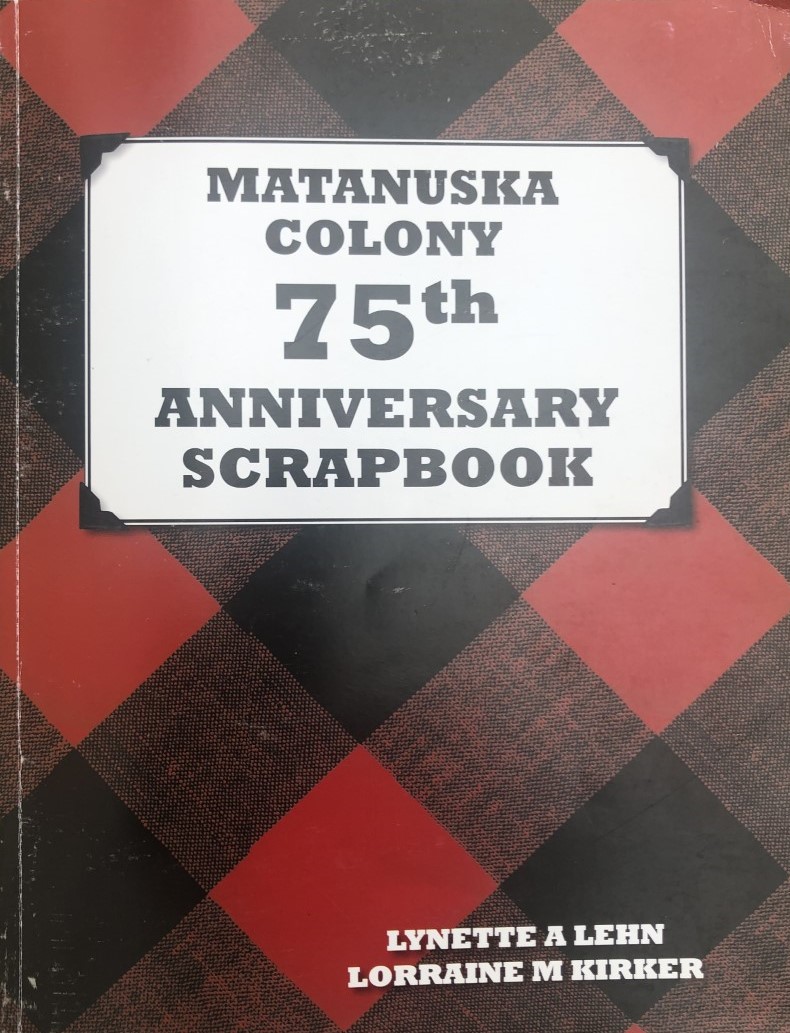
Desperate times required desperate measures.
The Fairbanks Daily News-Miner, on January 15, 1935 reported: “A government corporation
will be organized for the sending of the settlers to the North. It is declared this corporation will be financed by the Federal Emergency Relief Administration.
So began Alaska’s quest for food security with agriculture. Today we produce a fraction of what our population requires, but our agriculture community is robust thanks partly to the 4-H program.
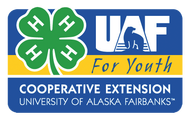
We are part of the University of Alaska Fairbanks; Alaska’s land-grant university. Alaska 4-H is one of many programs in the Cooperative Extension Service, a division of the School of Natural Resources and Extension at the University of Alaska Fairbanks.
4-H is the largest youth development program in the US, engaging more than 7 million young people in hands-on projects in science, healthy lifestyles, citizenship, communications, leadership and many other areas. 4-H projects are taught by certified 4-H volunteers so youth are in a safe place with caring adults. 4-H is a program you can trust to help your children become career and college-ready.
Alaska 4-H is the state’s premier youth development program that is open to all youth from kindergarten through high school. 4-H is the only youth program affiliated with a university and using research-based information and strategies. 4-H gives young people the extra edge for
life success by teaching essential life skills such as confidence, competence, character and community service. Through 4-H, today’s young people become tomorrow’s leaders, creating a positive vision
of the future. In 4-H, youth work together with adults to make a difference in their communities, helping build a stronger nation. Let 4-H become your child’s first class from the University of Alaska.[2]
“Alaska has quality in our stock,” explained the owner of Knik River Veterinarian Services, Dr.
Sebrieta Holland. “One animal in Alaska is from a line of Alaska cattle that has been here for 6-7 generations and that bull is number three in the world for demand. The way that was made possible was through DNA Transfer. DNA is the same no matter what state you are in and he was measured on the same scale as every other bull and judged as having that high quality.”
I met Dr. Holland at Frozen Oak Farms where she was engaged in artificially inseminating 12 cows.
This is a family farm where everybody has jobs to keep the farm producing. Rayne Reynolds, his wife Marian and nine-year-old daughter Rayna, were all part of the activity on this early fall afternoon.

Artificial Insemination (AI) Means Healthy Gene Diversity
On this occasion the goal was to breed Alaska cattle with semen from Wagyu Bulls in Texas; they have a higher degree of marbling in the meat for the Japanese Kobe Beef delicacy. Increasing marbling in the meat enhances the eating experience.
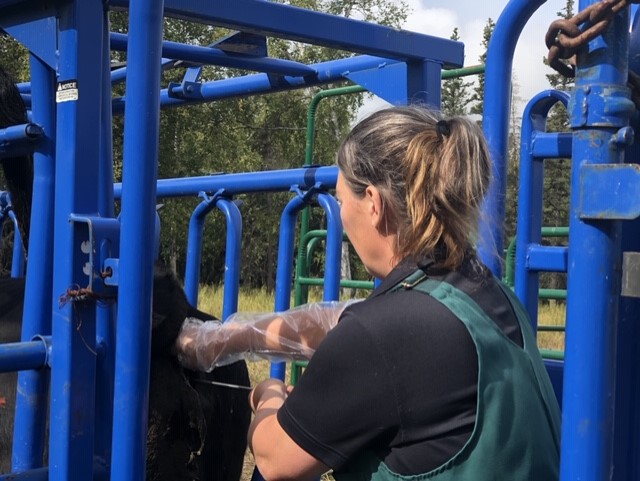
“AI is a totally different ball game,” explained Reynolds. “It is difficult to fly up a whole cow to Alaska; it isn’t impossible, but it is cost-prohibitive. By flying up semen we can improve the genetics. We don’t AI everything, most of the cows are bred naturally, but this is a special project to enrich the herd over the long haul.
It costs a lot of money to ship the semen up here. Success rate can be 50-70 percent. The important thing is to bring new genetics into Alaska. A 50-60 percent success rate is expected.
Obviously Alaska is contained: “We have a mixture of cattle; Murray Gray, Black Angus, Hereford, Black Baldy,” Reynolds continued. “Traditionally Alaska genetics has been lacking with only a few breeds here: Primarily Galloway, Scottish Highland, Black Angus and Hereford. A lot of ranchers in Delta and some on the Kenai Peninsula started bringing in better genetics from Outside: like Red Angus, and constantly improving their breeding stock. There are ranchers in Delta who have brought in entire herds of certain breeds.”.

Dr. Holland has had a great influence on this diversification process as well. In her liquid nitrogen tank are stored thousands of dollars of semen inventory from all over the world, including horses, yaks, reindeer–even sheep from Australia going back to the 1980s. She successfully bred a sheep from the 1980s, from Australia, and that offspring is now here in Palmer, Alaska!
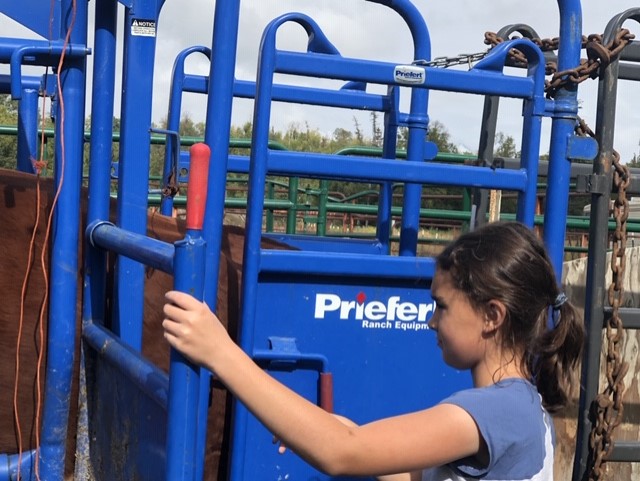
Dr. Holland also artificially bred the second yaks ever in North America here in Alaska two years ago from some bulls in Montana. She explained: It’s almost impossible to get that here. We collected the semen and I bred them in Willow at Sunny Hill Ranch. Yaks are becoming popular animals, but the gene pool is too small.
Explaining the process: The semen is placed in a syringe and heated by the veterinarian by placing the stainless steel instrument next to her own skin prior to the procedure.
The future of Alaska food security with agriculture
One of the big things for us is involving the next generation of Alaskans in the industry, declared Reynolds as daughter Rayna helped manage the enclosure mechanism containing each cow so
Dr. Holland could administer the semen through the syringe. He continued: It is important to teach children where food comes from. People are so disconnected with their food. At one time summer vacations were so the children could participate in bringing in the harvest. I had that experience of picking fruit at the end of summer but I would say a lot of the kids today don’t have that experience.
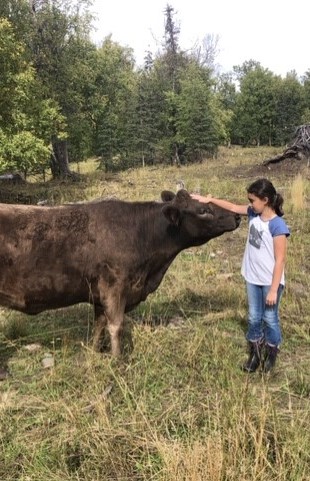
Dr. Holland had that experience as a child raised in the Palmer/Butte area herself: I was in Grow
‘em and Show ‘em 4-H Club when I was 9 years old! she explained. I resurrected that name when I had kids and became a 4-H Leader myself.
What Alaska Agriculture Needs
This industry needs people to make it work, explained Reynolds. We are lacking a workforce. We are able to run our operation with only family but there is a general lack of people with
the skills and willingness to do this kind of work. This is hard labor; none of it is easy.
Agriculture is a good life; but you’ve got to love it. We don’t make a lot of money but we eat well and enjoy a unique quality of life–mentoring young people on the farm through 4-H
and Future Farmers of America (FFA), he continued. Look at what Rayna has been exposed to. She raised that calf as a bottle baby and has a good relationship with it. When we get a good heifer we keep it in the herd but feed cost is a challenge. We have to manage the herd to make a profit.
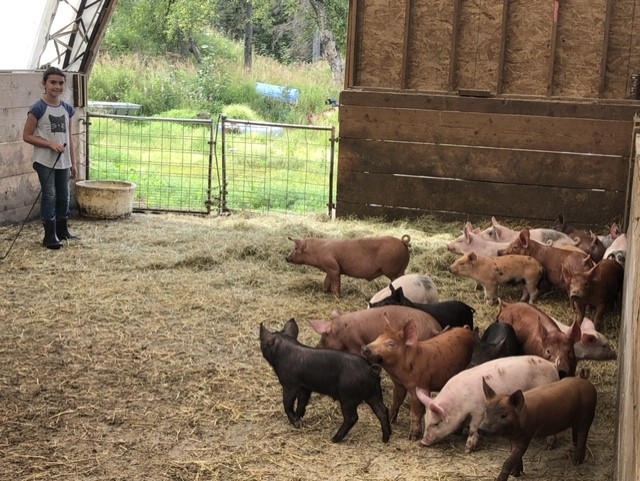
We appreciate businesses supporting healthy locally grown food, like Mike’s Quality Meats, Mt. McKinley Meats, Mat-Valley Meats and Three Bears Alaska.[3]
Reynolds concluded: Farming is a tough business. It is hard anywhere, whether in the Midwest or in Alaska, farming is demanding. We have unique challenges in Alaska; longer winters,
availability of feedstuffs, those and other challenges are different here–but farming is hard everywhere.
What began as a tent city filled with hopeful new arrivals in Palmer is today still a quaint community in the fastest growing region of Alaska. It’s economic foundation is still food security. Back on May 23, 1935 a drawing was held for colonists to choose from 209 plots offered for settlement. The land was not “given” to the settlers, they went into debt to own it.
This was an investment in the future of Alaska that endures today.
References:
[1]Lynette A. Lehn and Lorraine M. Kirker, “Matanuska Colony 75th Anniversary
Scrapbook,” 2010, Self Published ISBN 978-0-692-00887-4
[2]Alaska 4-H
[3]Can Alaska Gain Food Security?
https://donnliston.net/2020/06/how-can-alaska-gain-food-security.html

